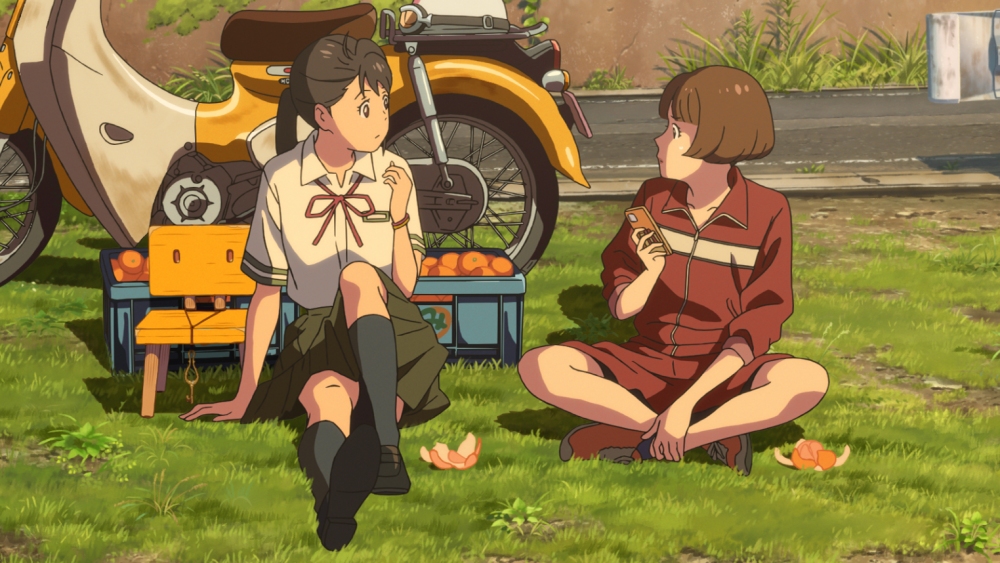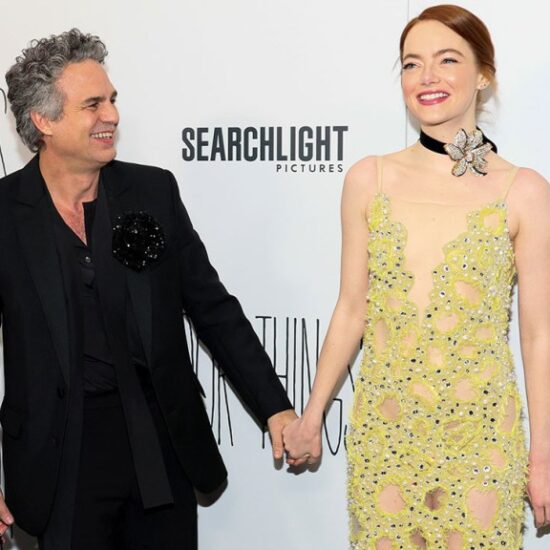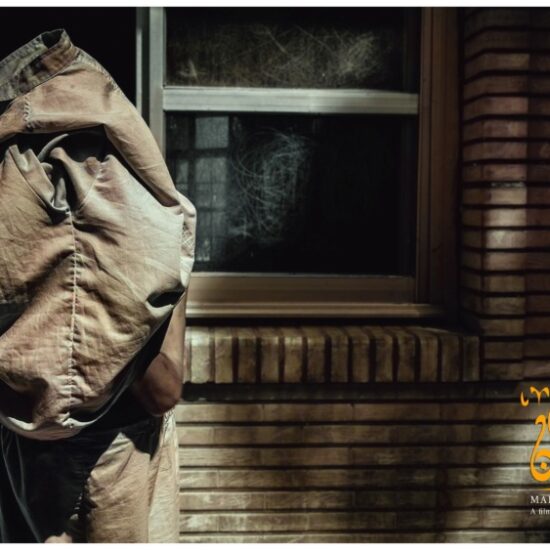
SPOILER ALERT: This story discusses major plot points of “Suzume,” currently playing in theaters.
Makoto Shinkai’s latest anime feature, “Suzume,” hits American theaters this weekend. The film is set in the aftermath of the 2011 earthquake that devastated Japan’s Tohoku region, centering on themes of loss and grief.
Shinkai brings in a talking cat and mobile three-legged chair to help tell the story of a young girl, Suzume, who travels across disaster-stricken Japan in hopes to save the country from its devastation. This leads her to the Ever After, a fantastical realm of souls which Suzume first discovers when she finds a mysterious door and walks through it.
Speaking with Variety through a translator, Shinkai discussed building Suzume’s world and the film’s universal message of disaster and hope.
Where did the idea of “Suzume” begin for you?
I’ve been warming up this project since the Great East Tohoku earthquake of 2011. That earthquake completely reshaped Japan as a country and society. It rewrote part of how I viewed the world, and even though I wasn’t a firsthand victim, I felt the disruption to peaceful daily life, and how life as we knew it was suddenly uprooted because of the events surrounding it.
It also changed my movie-making process. I started to think more about how as humans, we can co-exist in a world with disaster and how we can be displaced at any given moment in time, and how to find hope.
The opening scene shows the title character, Suzume, looking for her mother. Why did you want to begin the film this way?
I knew really early on that I wanted that as the beginning of the film, a young Suzume in this fantastical world walking through the Ever After.
To some of the victims of the 2011 quake, it could be interpreted as a cruel scene because when the quake happened, it caused a tsunami that effectively washed away all the towns along the coast and everything was just leveled. People were walking around this mud looking for their loved ones and coming to terms with what happened. Visually, I tried to imagine what that world would look like had there not been any human intervention, and that was, a grassy overgrown field had sprung up – and that’s what we see Suzume walking through.
The story is about loss, the trauma that comes with that and, ultimately, hope. How did you balance those themes in your storytelling?
In the scene at the end when teenage Suzume gives her younger self the chair, there’s a very cathartic moment where she tells herself, “One day you’re going to grow up, you’re going to fall in love with people and you’re going to fall in love with yourself.”
During that moment, the stars in the background are rotating and we transition from night to day. I wanted that to represent time passing, and so the Ever After is a space where all sense exists simultaneously. Symbolically, it’s about the teenage Suzume giving a younger version of herself all the strength that she needs to be able to push through that, and the hope she feels in that moment.
“Suzume” is a story of loss and the grief that she experiences, but to only have that would have resulted in a heavy and dark film. To offset that, She meets Souta, a chair with three legs. Souta becomes her sidekick and is this comical character.
What was the idea behind Souta being three-legged?
The idea was that the leg was presumably washed away in the tsunami. Suzume ends up finding it, and that, to me, was a metaphor for Suzume’s loss. We see them go on this journey, and despite whatever loss they’re going through, they’re still able to go on this adventure in Japan to ultimately, live a fulfilling life and overcome whatever they’re battling internally.
On that journey, we see landmarks such as Mount Fuji, but also ruins of destruction. What was behind that juxtaposition?
I wanted to represent and depict Japan and its current state. That includes all the beautiful sights, and the maybe not so beautiful elements. Suzume travels through these different ruins, which, to me, is almost a metaphor for the wounds or scars of the country itself, some of which are a result of natural disasters and some of just human behavior and population decline.













